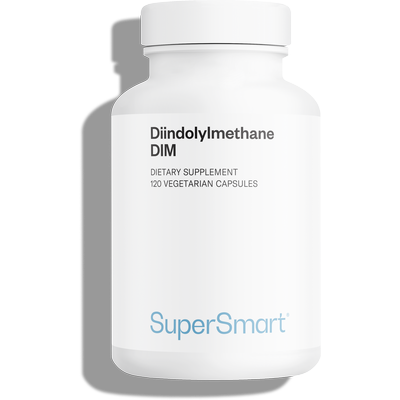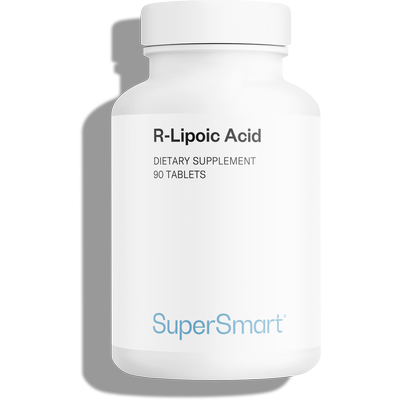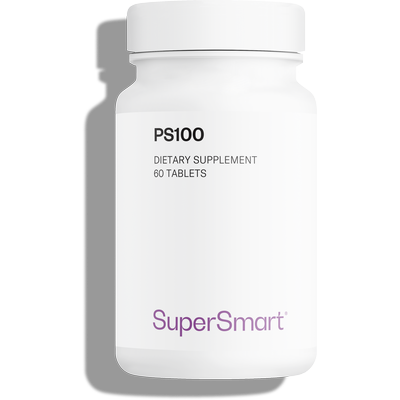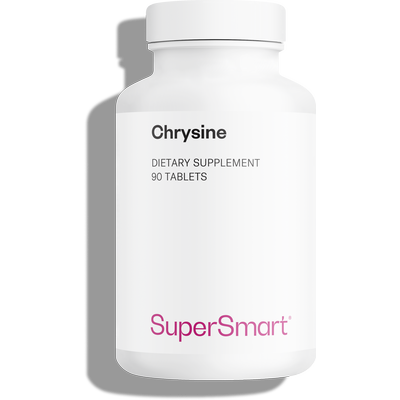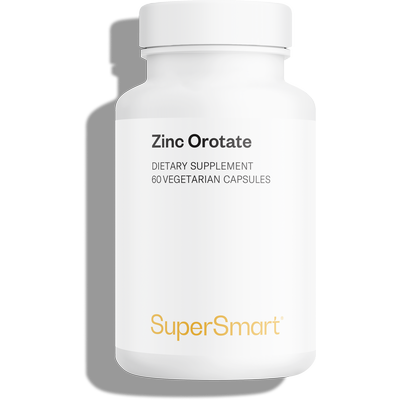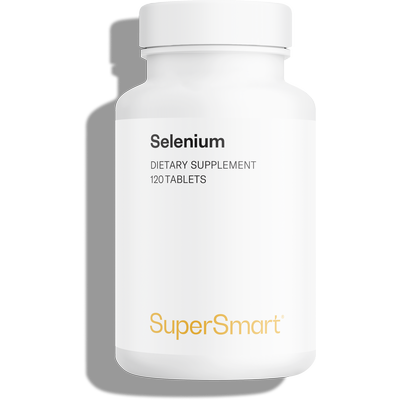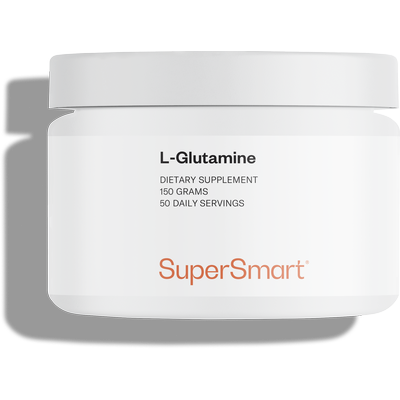11-04-2016
Natural cosmetic surgery
 It is often said that ‘bad genes’ or over-eating are responsible for the tendency some people have to store fat. However, a number of scientific studies show that poor hormonal balance is associated with hypertrophy of adipocytes in various areas of the body. In the past, the possibility of targeted fat loss or ‘spot reduction’ was a myth; today, research is proving otherwise 1.
It is often said that ‘bad genes’ or over-eating are responsible for the tendency some people have to store fat. However, a number of scientific studies show that poor hormonal balance is associated with hypertrophy of adipocytes in various areas of the body. In the past, the possibility of targeted fat loss or ‘spot reduction’ was a myth; today, research is proving otherwise 1.
If losing weight is simple, keeping it off in the long term is quite another matter. 95% of people go back to their original weight at least, within five years of their diet2. Reducing your percentage of body fat to below 10% is not difficult for a good nutritionist, but it is not quite so easy to get rid of pockets of persistent, localised fat. For example, shedding fat from the inner thighs or from the lower abdomen requires a little more understanding of the physiology of hormones.
The reason many people develop localised fat is because of abnormalities in their body’s biochemistry. Hormone imbalance can manifest as excessive levels of insulin or cortisol in the blood, a fall in growth hormone, too much testosterone in women – or decreased testosterone in men. Identifying the areas where this adipose tissue accumulates enables you to employ natural strategies and so avoid surgical intervention.
Excess weight, genotype versus phenotype
Surplus adipose tissue is a real risk in terms of life expectancy. Media pressure drives many people to try and achieve an athletic phenotype. Encouraged by the pharmaceutical industry, scientists today are busy trying to find the miracle molecule or gene responsible for excess weight, while no-one seems interested in the causes.For 90% of individuals, excess weight is due to an unsuitable environment 3. To give a personal example, my genetic make-up is such that I am not ‘naturally’ particularly thin nor do I have an athletic physique; rather, I tend to put on weight. When I looked closely at the results of my genetic tests, I found I had eight genes, all of which are factors of obesity and metabolic syndrome. What’s most important, however, is the phenotype - the combination of genes and environment. By avoiding junk food, taking moderate exercise, managing stress, getting enough sleep and exposure to daylight, as well as taking good dietary supplements, I get closer to achieving an “athletic phenotype” and improving my health.
Powerful regulators of adiposity
By managing our lifestyles, we help to improve our hormone systems. Hormones exert a powerful influence on the distribution of body fat. The tendency to put on weight as we get older is due to a cascade of hormonal and physiological changes. Age, poor diet, lack of exercise or inadequate stress management seriously disrupt hormone homeostasis, the main consequence of which is increased body fat.The hormones responsible for unsightly bulges and ‘love handles’ are lipogenic, the best-known being insulin and cortisol. Conversely, those which help sculpt the body are lipolytic (break down fat) and anabolic (generate muscle mass). These champions of fitness are testosterone, DHEA, growth hormone and thyroid hormones (primarily triiodothyronine, or T3).
Therefore, by controlling pancreatic and adrenal function, we can cut our risk of disease by 80% and improve our body composition. Hormones affect whether we store, or get rid of adipose tissue via different mechanisms, in particular, the action of adipocyte lipoprotein lipase (LPL) and adrenergic mechanisms. Excess cortisol and insulin encourage fat accumulation by increasing LPL, whereas growth hormone and sex hormones inhibit it and accelerate lipolysis by stimulating cyclic AMP via beta-adrenergic receptors.
Body fat is distributed differently in men and women. Men accumulate fat in the upper body (apple- shaped) and women in the lower body (pear-shaped). Another difference is the disparity in obesity-related health risks. In men, it leads to increased incidence of type II diabetes, coronary disease and premature death, while women are relatively protected, at least until the menopause.
Hormonal signs of localised fat
Hormone imbalance is generally due to an unhealthy lifestyle or unfavourable environment. We can target localised fat by understanding the hormonal signs in different parts of the body.There are eight sites likely to reveal various hormone problems. They can be observed quickly, by sight, or examined more precisely with skin-fold callipers which show the density of adipose tissue.
Eight areas of localised fat = eight hormonal signs
Cheeks and neck: these are the first places where dieting produces fat loss. They are not particularly associated with hormone imbalance.
Quadriceps and triceps:excess fat on the thighs and triceps correlates with high oestrogen levels.
Suprailiac and subscapular: the infamous ‘love handles’ and fat around the middle of the upper back indicate poor sensitivity to insulin and carbohydrate intolerance.
Sub-umbilical: the small pocket of fat below the navel and a distended abdomen, such as in metabolic syndrome, indicate excess cortisol, the stress hormone. Testosterone deficiency in men, and excess testosterone in women may also be present.
Pectorals and triceps:excess fat in this area in men either signals a lack of testosterone, or excess oestradiol.
Mid-axillary: this area correlates with the thyroid hormone.
Knees:excess fat here is linked to a lack of growth hormone.
AQ`Natural cosmetic surgery
Once localised fat has been identified, steps need to be taken to get rid of it. Without exception, a low-toxin, hypoallergenic diet is essential: a diet rich in fruit and vegetables, fish, lean meat, nuts and cold-pressed oils in moderation, as well as the elimination of food intolerances which are synonymous with failure to lose weight.Calories are important but are not the be-all and end-all. Losing weight per se does not mean anything. The majority of diets result in loss of water and muscle mass but only serve to slow down metabolism. A slight reduction of 500 calories a day is sufficient.
A plethora of scientific studies shows that the ratio between fats, proteins and carbohydrates has important effects on losing body fat and on metabolism, via different indications4, 5, 6. It influences hormones (insulin, leptin, glucagon, etc), appetite, thermogenesis (heat production), UCPs (uncoupling proteins) and 1000 other effects too numerous to mention here.
It is the law of thermodynamics. Nowadays, nutritionists have to admit that a diet with an equal number of calories has different effects on leptin, energy expenditure, food consumption and nitrogen balance, suggesting that physiological adaptation to a diet can be modified by the composition of macronutrients. Taking a daily multivitamin-mineral complex can correct a specific deficiency, particularly when fat is being stored due to hormone imbalances. Taking exercise is definitely recommended. Being active, walking, running (in moderation) and doing strength training once or twice a week is generally sufficient. Often, localised fat does not disappear quickly, sometimes never. Targeted, personalised supplementation will produce excellent results through its modulating effects on the hormone system.
Area no. 1 for women: quadriceps and triceps
Excess fat on the inner thighs and triceps suggests varyingly high levels of oestrogen 7. In women, fat, flabby triceps are a sign of poor hormonal balance due either to excess oestrogen or its metabolites, xenooestrogens, or to taking an inappropriate contraceptive pill containing progestins or unsuitable forms of oestrogen.Surplus oestrogens increase the number of alpha 2 adrenergic receptors on the enlarged adipocytes in these areas of the body, primarily in gynoid fat. Therefore, as shown in research conducted by Professor Lafontan, Director of Inserm in Toulouse, an excess of alpha 2 receptors significantly reduces lipolysis 8 and inhibits fat loss, even when physical exercise is taken.
Our environment and diet are making us overdose on oestrogen 9. Without realising it, we ingest, breathe in and smear our bodies with many products that act like oestrogen. Our environment is full of these ‘xenooestrogens’ (from the Greek ‘xeno’ meaning ‘foreign’ or ‘comes from outside’) – they are in our houses and are right across the food chain.
Phytotherapeutic liposuction for the gluteal area
To lose gynoid fat, you need to eliminate all sources of pollutants: polychlorinated biphenyls (PCBs) in wax, adhesives and aerosols, pesticides-insecticides in the diet, and phthalates from plastics released by heating or cooking, all of which generate xenooestrogens.
• Phytotherapy enables excess oestrogens and xenooestrogens to be reduced and detoxified, and at the same time, stimulates lipolysis inhibited by the increase in alpha 2 receptors.
• These xenooestrogens need to be eliminated by a substance called indole-3-carbinol found in vegetables such as cabbage and broccoli, or in more concentrated form, in supplements 10. Another, more powerful indole, diindolylmethane (DIM) has shown anti-oestrogen and lipolytic activity. A recent study11 produced encouraging results: the group tested gained 1.3kg in muscle and lost 1.3kg in fat mass over 8 weeks.
• Yohimbin, an alpha 2 antagonist, could be the perfect agent12 but unfortunately, when taken by women in oral form, its absorption in adipose areas is rather poor. It is more effective when applied topically, but the topical creams available contain very few active principles13.
• One of the most effective agents for promoting lipolysis remains forskolin14. All these agents are effective for cellulite but proteolytic enzymes such as bromelain can complement their action. In the case of fibrous cellulite, dietary sugars must be significantly reduced in order to restrict the process of protein glycation which causes it.
Area no. 2: suprailiac and subscapular fat – ‘love handles’ (women and men)
Those who store too much fat in the suprailiac, and to a lesser degree, subscapular areas, have excess insulin due to insulin-resistance15. This hormonal abnormality also decreases the pulsatile effect of growth hormone, which is important for the oxidation of fats 16. What’s more, the body does not use its glucose effectively, creating a host of problems including a lack of energy and greater fat storage, particularly in these areas. In women, there can also be excess testosterone. Phytotherapeutic liposuction for the suprailiac and subscapular areas
In the first instance, controlling blood sugar levels is vital, by eating smaller meals with a low glycaemic load and fewer carbohydrates 17. Such a diet is rich in fibre, low in toxins and hypoallergenic. Exercise also boosts insulin sensitivity.
• Many athletes take R-lipoic acid, 20-30 minutes before a meal18 for its remarkable effects on insulin sensitivity. Doses vary from 100-300mg depending on the amount of carbohydrates consumed. Omega-3s, chromium picolinate and vanadium also reduce insulin-resistance and can help shift those ‘love handles’ »19.
Area no. 3: sub-umbilical fat (visceral fat)
Excess fat in this part of the body indicates increased cortisol production20. Elevated blood cortisol levels severely reduce lipolytic hormones such as growth hormone and testosterone, and to make matters worse, significantly increase insulin-resistance. A truly negative ‘hormonal soup’ that leads to a number of health issues such as syndrome X, type II diabetes, obesity and cardiovascular problems. Apart from being unsightly, excess fat here is dangerous because it is a precursor to pro-inflammatory adipocytokines. Phytotherapeutic liposuction for the umbilical area
The key here is to reduce excess cortisol21 by restricting consumption of caffeine and sugar. Good stress management is vital - and taking supplements that affect the axis of stress can help speed up the process of reducing excess adipose tissue.
• Rhodiola rosea acts on stress hormones by reducing over-stimulation of the axis of stress (CRF-ACTH-cortisol), as well as depletion of catecholamines (noradrenalin and adrenalin) in the adrenal medulla 22, 23. In this way it prevents the negative effects of acute and chronic stress and the increases in visceral and sub-umbilical fat.
• Phosphatidylserine24 at doses of 400-800mg also lowers cortisol production. Omega-3s reduce appetite, burn fat, prevent it from being stored, lower stress hormones, and improve sensitivity to insulin and leptin
Area no. 4: pectorals and triceps (men and women)
Over the age of 40, men undergo hormonal changes and tend to develop excess fat in the abdominal and pectoral areas. The most significant of these changes are decreases in free testosterone and simultaneous increases in oestradiol25. Oestradiol increases because of overproduction of aromatase, an enzyme which converts testosterone into oestrogen. While oestrogen is essential for men, in excess it causes health problems (infarction, enlarged prostate). When there is insufficient testosterone, oestrogen binds to androgen receptors throughout the body and to sites in the hypothalamus, thus impairing endogenous testosterone production in the testes. A vicious circle is therefore created which causes problems with libido and excess body fat (pectorals, abdomen). Taking testosterone does not help here because of the elevated aromatisation activity. Another complication is the increase in production of sex hormone-binding globulin (SHBG) which binds to free testosterone in the blood, making it functionally unavailable to cell receptors.Phytotherapeutic liposuction for the pectoral area
Lifestyle is key here. Excess fat generates oestrogens and getting rid of adipose tissue will help optimise the testosterone/oestradiol ratio. Alcohol and certain drugs that disrupt liver function must be avoided. By inhibiting aromatase, oestradiol decreases and testosterone increases26.
• Any molecule that can inhibit aromatase is therefore recommended for men in this situation. Taking chrysin combined with piperine naturally inhibits aromatase, increasing free testosterone while reducing oestradiol levels. The same goes for resveratrol27. Improvements in testosterone levels thus help you to lose body fat, particularly around the chest. Taking a nettle extract (Urtica dioica) helps to ‘detach’ testosterone from SHBG and to put more free testosterone (the usable form) into circulation for fat-burning 28.
Area no. 5: mid-axillary (men and women)
When thyroid function is compromised, it can produce a multitude of health problems, weight gain (even without a large appetite) and difficulties in losing weight. In cases of medically-diagnosed hypothyroidism, replacement therapy is essential. However, there are various ways of improving a sluggish thyroid. The first step is to eliminate certain raw vegetables, particularly the crucifers such as Brussels sprouts, cabbage, cauliflower, broccoli and kale, as well as soya beans, as they contain chemicals called goitrogens which can slow down thyroid function.Phytotherapeutic liposuction for the mid-axillary area
According to a recent study, 50% of patients with thyroid deficiency experienced an improvement in their condition after taking a zinc supplement29. Selenium30 (100-200 mcg) and iron are also essential for good thyroid function. They increase the enzyme 5-deodinase in the liver to produce more T3. Guggul31 and ashwagandha32, used in Ayurvedic medicine, have thyroid-stimulating and -regulating properties. Lack of, or indeed excess, iodine can lead to a deficit in thyroid hormones. In this case, algae such as Fucus visiculosus helps restore thyroid secretion. Once metabolism is increased, the body can get rid of excess fat more rapidly.
Area no. 6: knees (men and women)
Excess fat above the knees indicates a lack of growth hormone. Other signs include fine hair, thin lips and jaw area, dehydrated skin, and a saggy stomach. Over-eating, or junk food - insulin precursors, and chronic stress – a cortisol precursor, are responsible for a fall in growth hormone, impairing its release. Lack of sleep and insufficient exercise can also play a role.Phytotherapeutic liposuction for the knees
To improve growth hormone levels, a healthy lifestyle and good hormone balance are essential. Taking intensive exercise for 20 minutes once or twice a week alongside a healthy diet with sufficient amino acids will improve growth hormone. Supplementing with glutamine, ornithine and arginine on an empty stomach at bedtime is also recommended for increasing endogenous production, which is synonymous with losing body fatsup>33.
Order the nutrients mentioned in this article
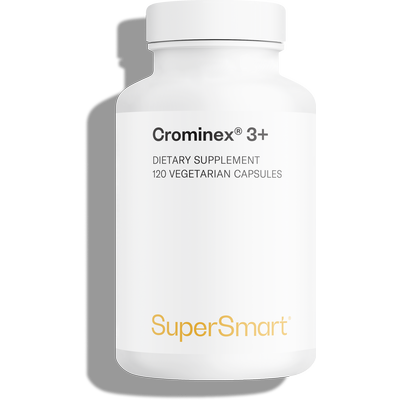
Optimal form of chromium enriched with fulvic acid and extract of amla
www.supersmart.com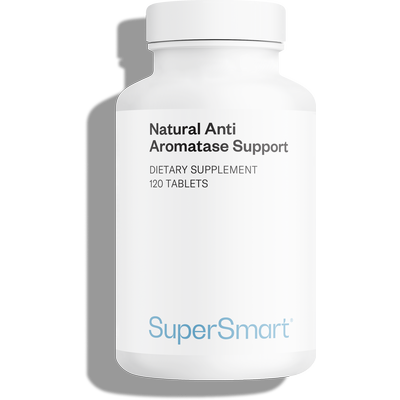
Enhanced formulation with DIM, quercetin and epilobium
www.supersmart.com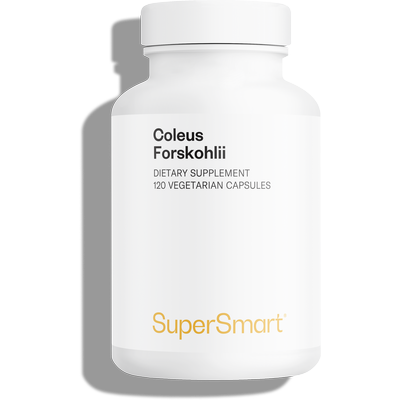
Standardised extract 10% forskolin, restores sensitivity to hormone receptors
www.supersmart.com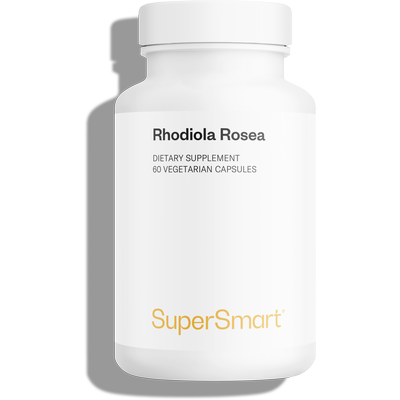
Rhodiola rosea extract has been considered one of the principal adaptogens substances.
www.supersmart.com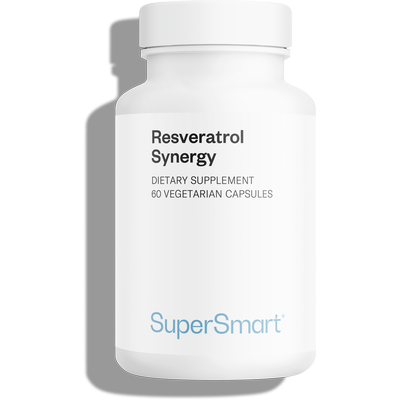
Improves biomarkers of aging and promotes expression of longevity genes
www.supersmart.com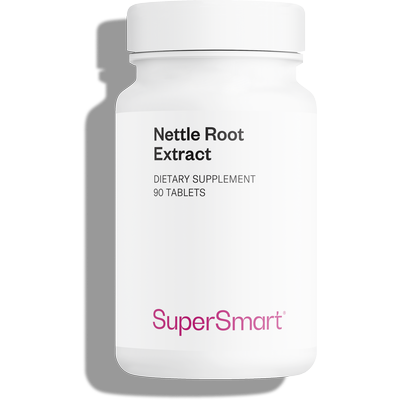
Recommended by the German Commission E for relief of urinary problems associated with Benign Prostatic Hyperplasia (BPH)
www.supersmart.com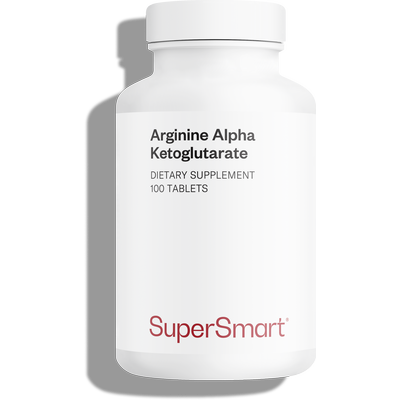
Improved form of arginine with higher bioavailability
www.supersmart.com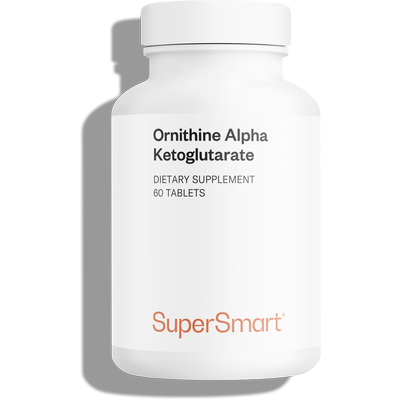
Improved form of ornithine with higher bioavailability
www.supersmart.comFurther reading
01-11-2017
Progesterone plays an essential role at all stages of a woman’s life. Supplementing with natural progesterone - bioidentical to that produced by the body –...
Read more05-08-2016
Here’s a simple way to burn calories without having to undertake strenuous exercise - or even move an inch.Scientists have discovered that the body uses...
Read more06-01-2017
Hypothyroidism or thyroid insufficiency particularly affects women, and incidence is known to increase with age. It is characterised by an inability to produce or release...
Read more© 1997-2025 Fondation pour le Libre Choix
All rights reserved
All rights reserved
Free
Thank you for visiting our site. Before you go
REGISTER WITHClub SuperSmart
And take advantage
of exclusive benefits:
of exclusive benefits:
- Free: our weekly science-based newsletter "Nutranews"
- Special offers for club members only



